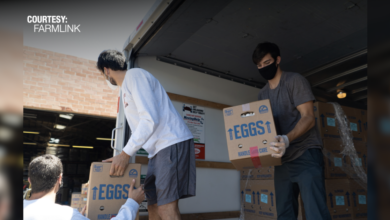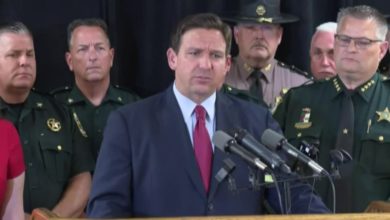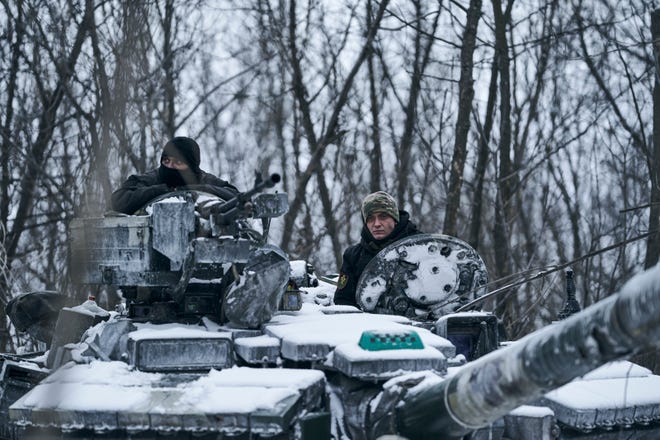
CINCINNATI – Every time he hears the phone ring, University of Cincinnati professor Rajan Kamath says he feels a tingle down his spine.
“You don't know whether the phone call is from someone in India who you know has been touched by this virus,” Kamath said. “Most of us have known somebody who’s received bad news.”
Earlier this week, India reported more COVID-19 deaths in a single day than any other country as it battles its second wave and a new, deadly variant. The B.1.617 variant first discovered in India is believed to spread more easily than other variants. Friday, the country reported over 270,000 new cases and more than 4,000 deaths.
Thousands of miles away, Indian families in the Cincinnati area are feeling the impacts of the second wave in India as it touches their family and friends overseas.
“At the community level, (we have) a sense of alarm and horror,” Kamath said.
COVID-19 in India:Afflicted left ‘to fend for themselves,’ overwhelmed families say
Fact check:No link between India's falling COVID-19 cases and hydroxychloroquine

An estimated 15,000 people born in India live in the 15-county Cincinnati region, according to the most recent American Community Survey released by the Census Bureau.
Near the beginning of the pandemic last March, Kamath said he thought India had done a good job monitoring the virus in its early stages compared to other countries.
“In the initial stages it seemed like the nation of India was doing remarkably well,” he said. “First of all, they were supplying the vaccines to the whole world because they have the largest production capacity for vaccine manufacturers. And secondly, the infection rates, as well as the death rates, were actually surprisingly low for the size of the nation of India. So, I think it's an understatement to say that people at the community level are shocked to see the most recent numbers.”
Ratee Apana is the founder and executive director of the Indian Film Festival of Cincinnati and the founder of Cincinnati Sister City Mysore, India. Through her connections in the Indian community here, she’s seen mass heartache.

“There’s (not a) single family who has not been touched by COVID presence now, either in their own families or their friend’s families,” Apana said. “I've had members of my family get COVID, and fortunately survived. But there are so many other families who just have not been so lucky.”
Apana has made efforts to support those in India by helping with fundraising efforts. On May 17, she helped moderate a fundraiser on Clubhouse, a social media voice chat app. The fundraiser, called United 4 India, aims to raise awareness about the spike in COVID-19 cases in India.
In addition to moderating the Clubhouse room, Apana says that her organization is pushing to collect 50 oxygen converters to their sister city Mysore, India.
Apana said during her time moderating, the fundraiser hit the $50,000 for donations. She believes everyone can contribute to raising awareness and aiding India.
“I don't believe in hopelessness. I believe in action,” Apana said. “I believe we're here to do something, you know, each one of us can do something we can do our part.”
To protect Americans and help the world:US needs to start giving more COVID-19 vaccine away more quickly, experts say
COVID-19 updates:California will drop social distancing rules in June; UVA and IU latest schools to require

Padma Chebrolu, president and artistic director of Cultural Centre Of India, a dance school in Symmes Township, Ohio, has also seen the impact of the recent spike on local residents.
“This (variant) is so vicious, this kind of mutated variation of (COVID-19) is so vicious. It's attacking all ages, all types of people. Healthy, not so healthy, anybody, it's not sparing anyone,” Chebrolu said.
Each month, the center hosts performances virtually for the community. Chebrolu said during these performances, they often make pleas to their viewers to donate to national organizations in helping India or just simply checking in on their neighbors.
“A lot of the Greater Cincinnati community members came together,” Chebrolu said. “We are reaching out to folks to donate money for this specific cause, however they can.”
Kamath said as Americans continue to remove COVID-19 restrictions, they need to remember that the pandemic is still active in other places.
“We live in a connected world and I think what the pandemic has shown us is that no one is safe until all of us are safe, and the pandemic is just one dimension of that,” Kamath said.
Source link









